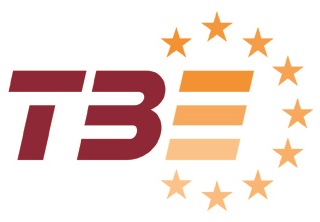The review of the EU ETS Directive is of critical importance to the ceramic sectors, as the scheme covers more than 1,200 ceramic installations across Europe, representing 10% of the total number of ETS installations, but less than 1% of EU ETS industrial emissions. The ceramic industry, which is present in all EU Member States, is largely composed of SMEs (80%) and provides around 200,000 direct jobs across Europe. At present, all ceramic sectors within ETS (namely manufacturers of: bricks, roof tiles and clay pipes, wall and floor tiles, refractories, sanitaryware and other ceramic products) are deemed to be at significant risk of carbon leakage.
The introduction of any “tiered” approach would result in incomplete mitigation and hence significantly increased risks of carbon, investment and jobs leakage.
Under the “tiering” proposals outlined in the France-UK non-paper, all ceramic sectors would see an enormous reduction in the level of free allocation received. Some ceramic sectors might receive mitigation from 30% up to 75% of a tougher benchmark (based on the average of the 10% most carbon-efficient sites), whereas other sectors would receive just 30% of the stiffer benchmark at the start of the phase, dwindling to 0% by 2027. Furthermore, the introduction of a “tiered” list would provide major distortions globally against non-EU ceramic producers and in the internal EU market (with competitor products from other industrial sectors in higher tiers). This makes investment in the EU very challenging indeed and undermines the feasibility of existing operations. All of which is set against a backdrop of significant investments taking place in neighbouring countries outside the EU.
The tiered approach to free allowance allocation for the EU ETS carbon leakage list is a concept which undermines the aim of the EU ETS and contradicts the October 2014 European Council Conclusions. It would not ensure the delivery of cost-effective greenhouse gas emission reductions, but on the contrary would have a deleterious impact on the wider European economy and would result in an increase in global emissions. A tiered approach would result in an inadequate level of carbon leakage protection for all ceramic sectors.
It is crucial that all ceramic sectors and subsectors receive full carbon leakage protection. We support the two-tier proposal as presented by the European Commission, which grants 100% free allocation to sectors on the carbon leakage list, providing that the option of a qualitative assessment of leakage risks is available to all sectors irrespective of the quantitative assessment outcome (i.e. the threshold of 0.18 should be removed).











